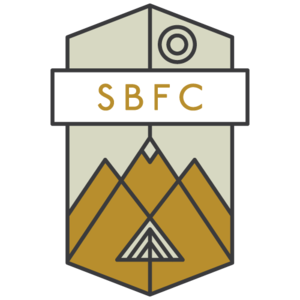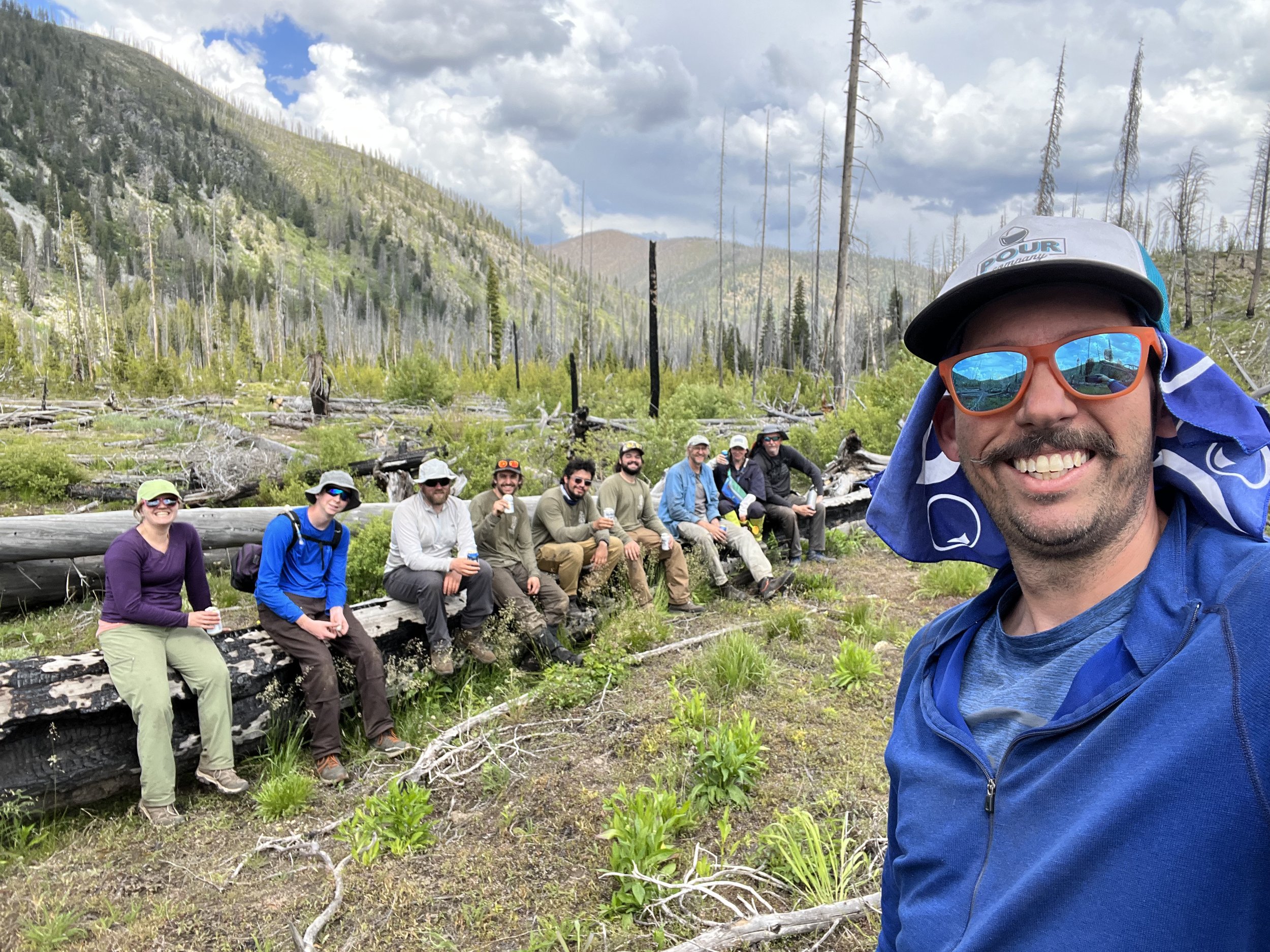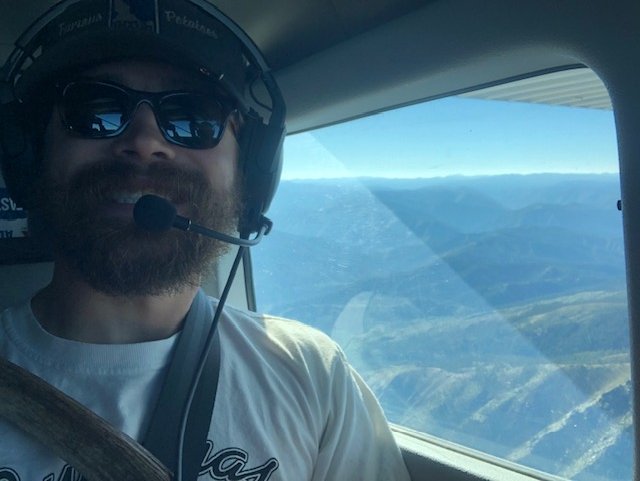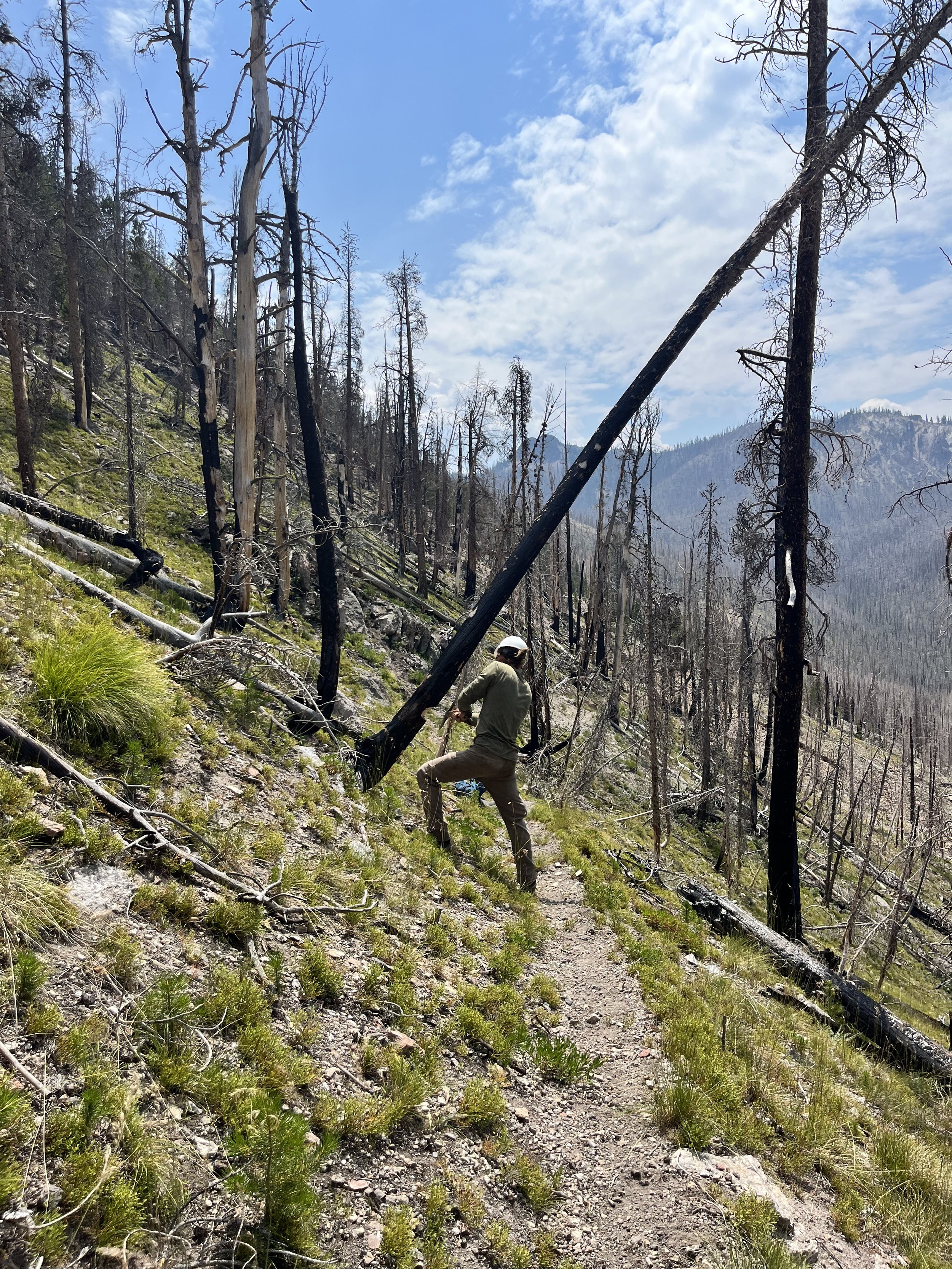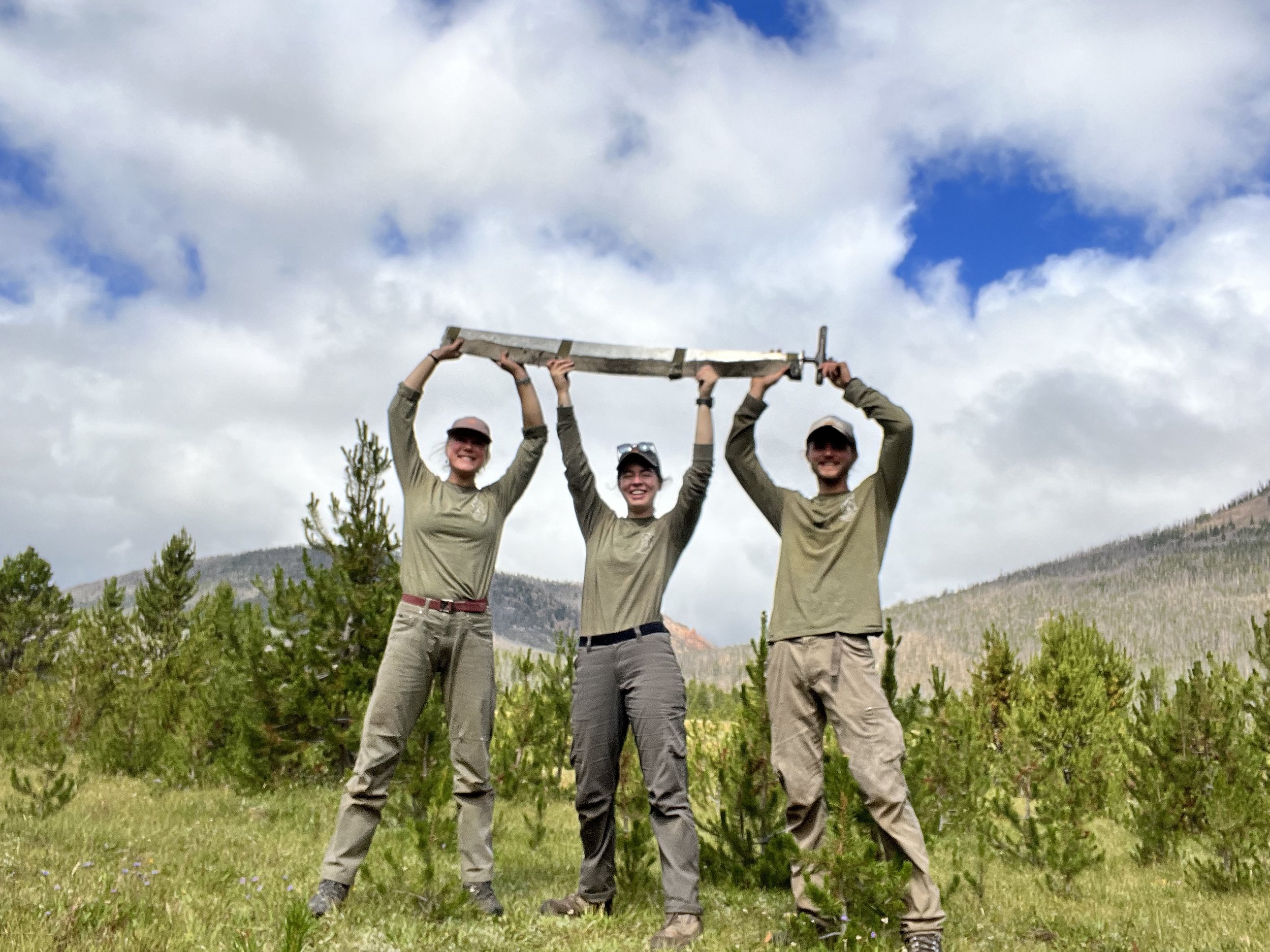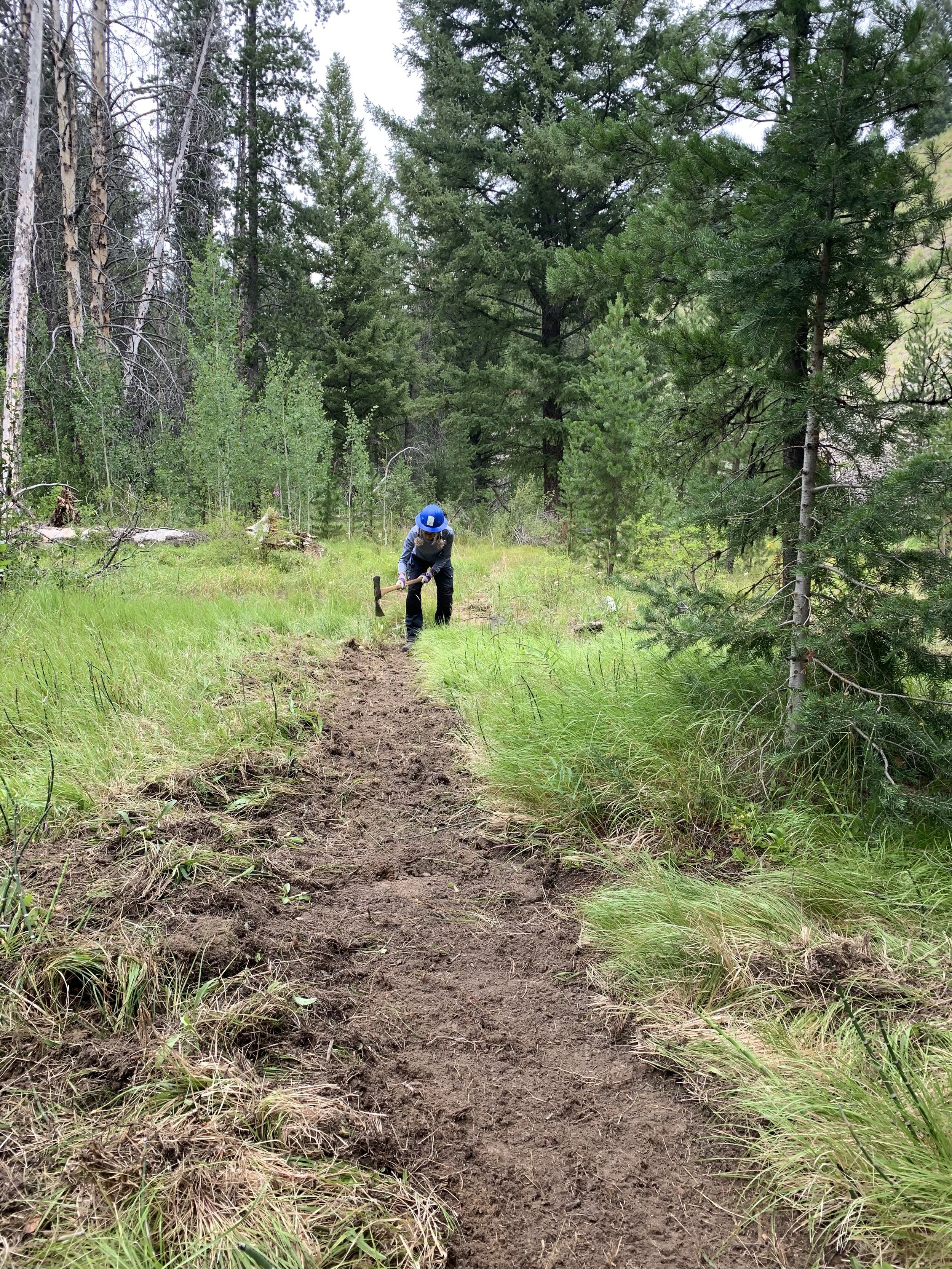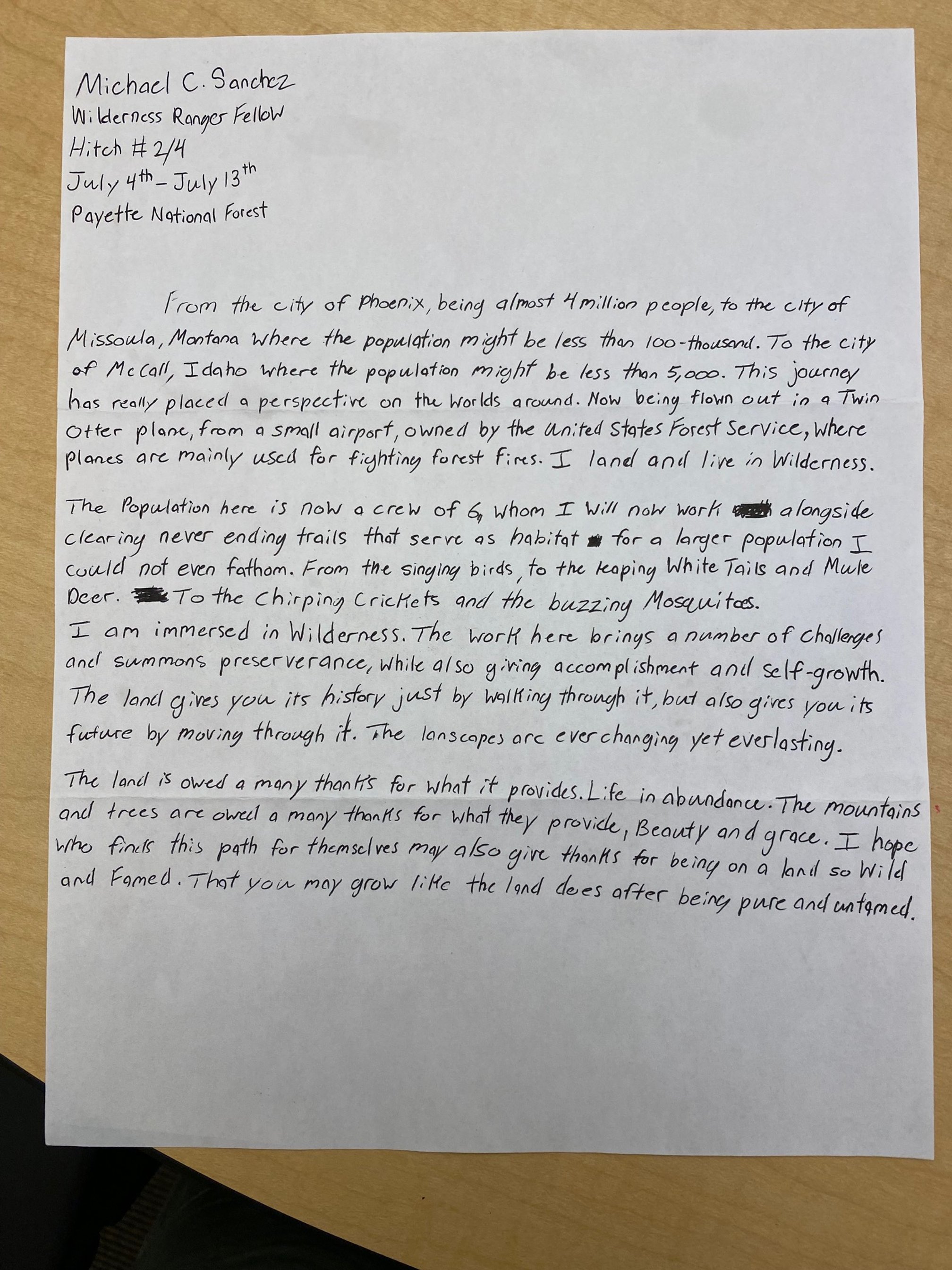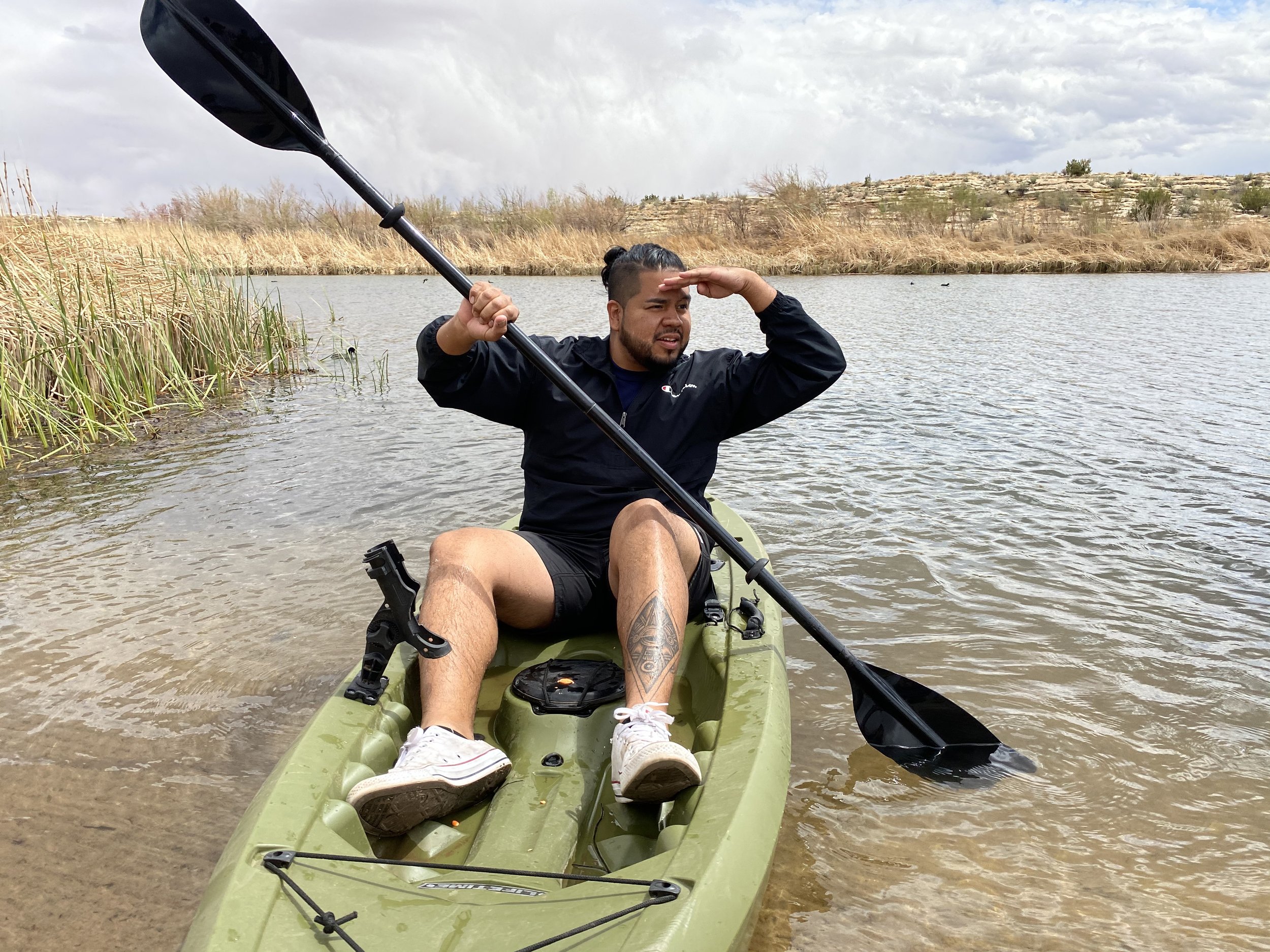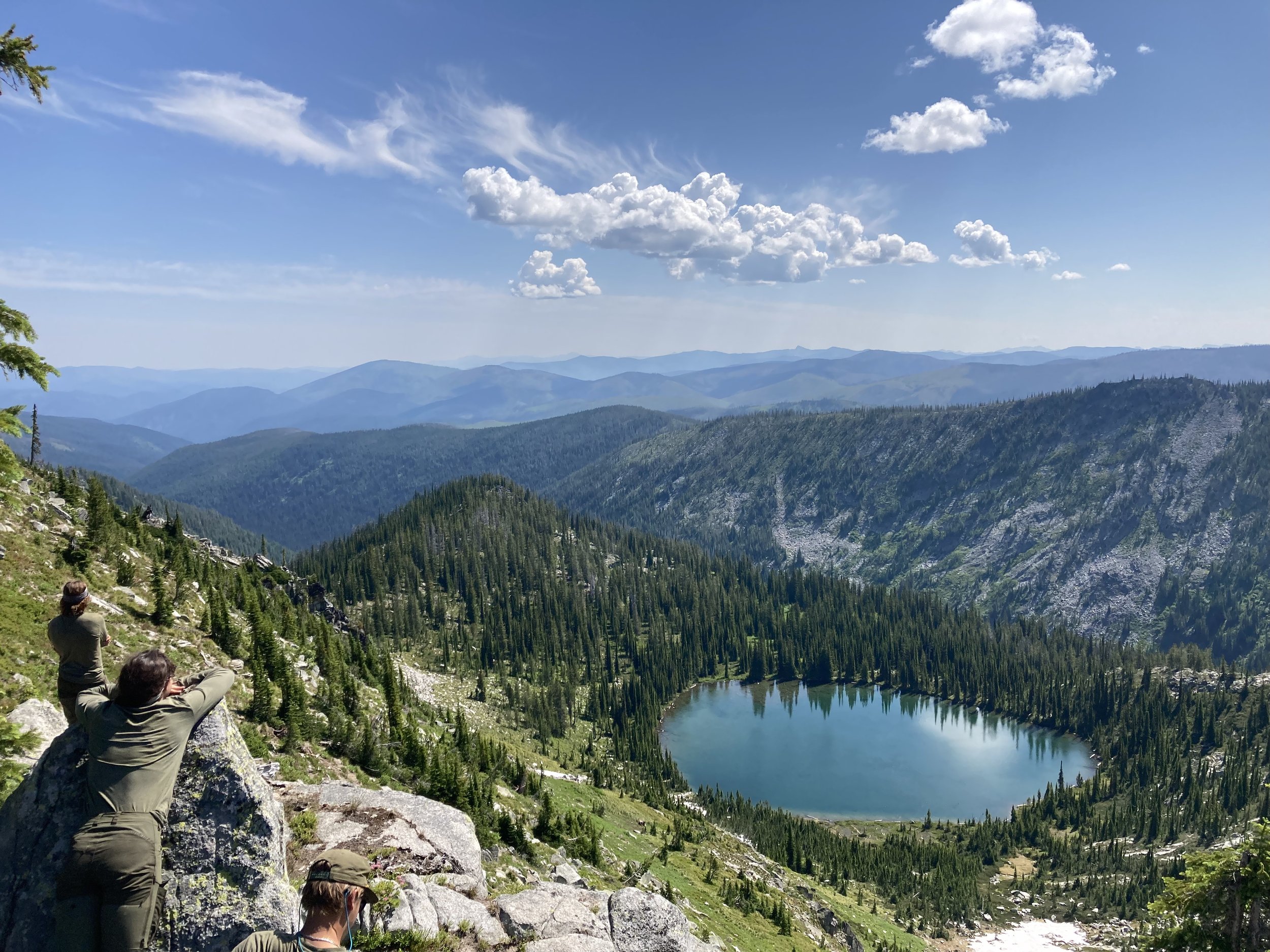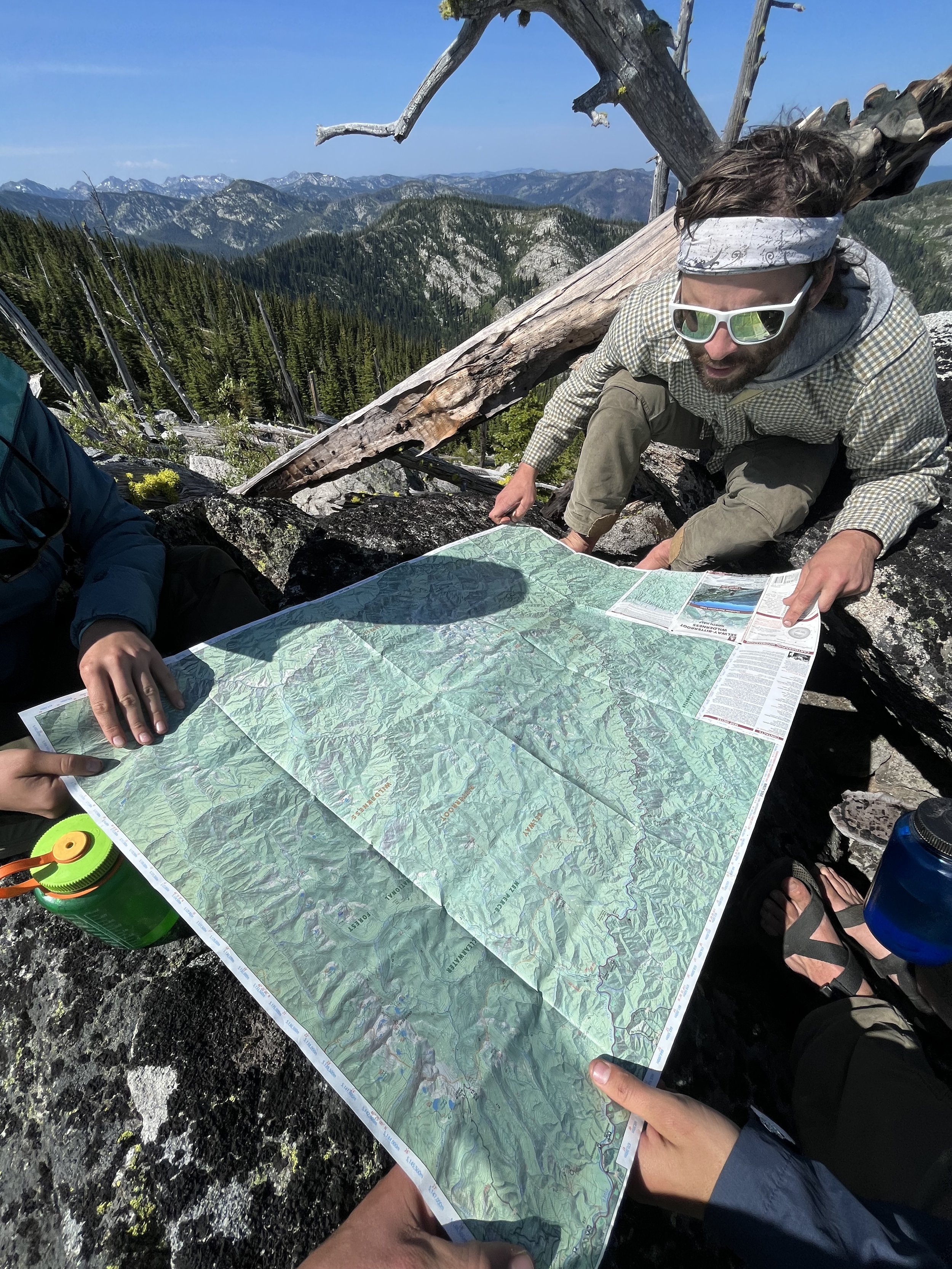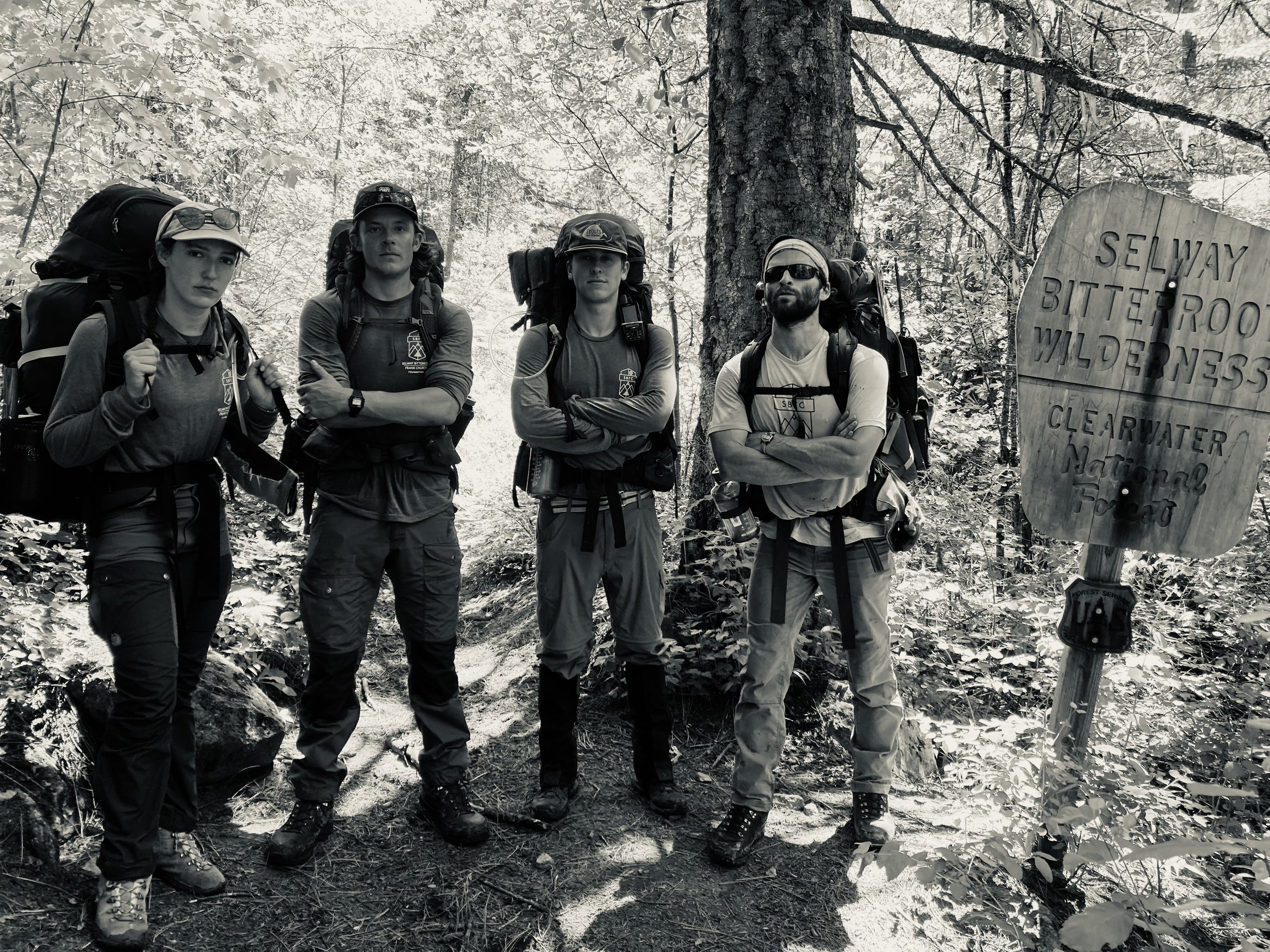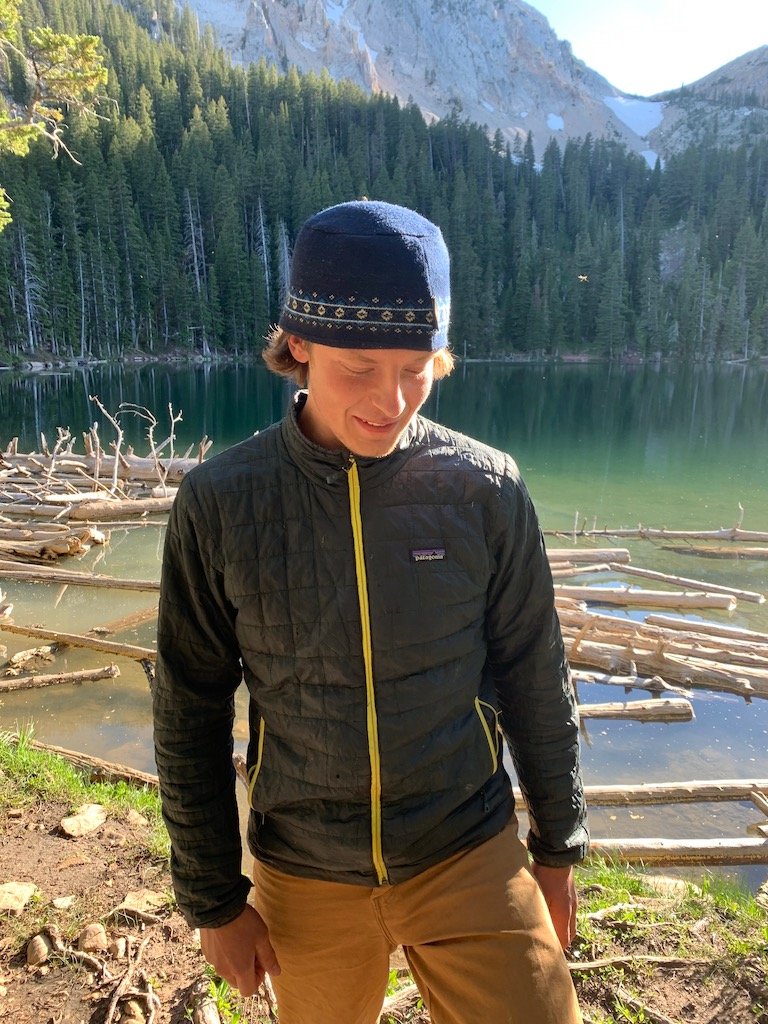This favorite backcountry hitch meal evolved from an initial inspired “Thanksgiving-in-a-Pot” idea. Hitchgiving is lightweight and low volume, high in calories and sodium, and keeps for up to two weeks in the summer. It ain’t fancy, but it sure is satisfying.
* This version is vegetarian, feel free to sub in your favorite meat and gravy for the omnivores out there.
** Also note that the water amounts in this recipe are not an exact science. Sometimes it’s ½ cup more, sometimes it’s ½ cup less. Use your best judgment against the whimsy of wilderness cooking.
*** This meal can be made with one stove and one pot, and some creative container maneuvering, but ideally you should have two stoves, a medium fry pan, a 2L pot, and a 3L pot.
Ingredients (Serves 4-5)
6 ½ c. water
2 packets Idahoan Instant Mashed Potatoes (choose your favorite flavor)
2 boxes Stove Top Stuffing (choose your favorite flavor)
2 packets Powdered Gravy (choose your favorite flavor)
4-6 oz Dried Mushrooms
1 pack Field Roast Sausages (Smoked Apple & Sage fits the Thanksgiving palette best)
1 can Corn
1 can Cranberry Sauce
Olive Oil
Spices (choose your favorites)
Method
Chop sausage into discs or crumble.
Bring 5 ½ cups of water to a boil in your largest pot.
Fry your sausage in fry pan until crisped and brown.
Add stuffing, seasoning, and sausage to smaller pot.
Add remaining 1 c. water, gravy powder, and dried mushrooms to fry pan. Bring to a boil and let simmer until mushrooms are tender.
When water has come to a boil, add 2 - 2 ½ c. to stuffing pot. Cover and let sit for 2-3 minutes.
Add the potatoes and corn to the water remaining in your large pot and mix. Add water if needed for better consistency.
Open cranberry sauce, serve, and enjoy!
Recipe & notes by: Connor Adams | Lead Wilderness Steward
